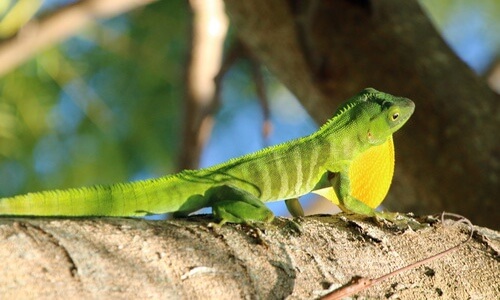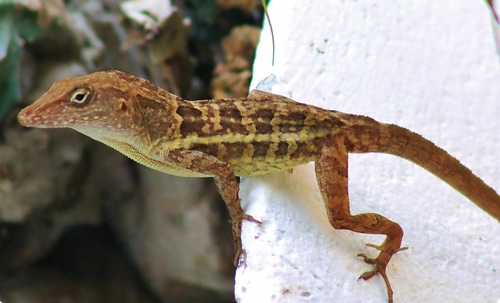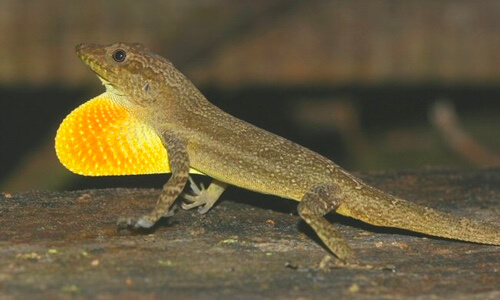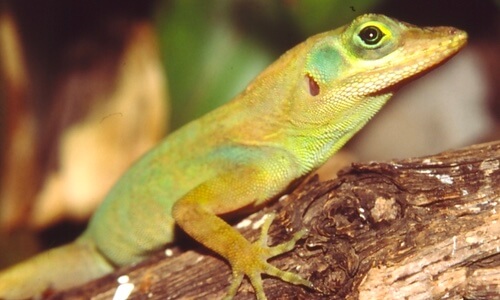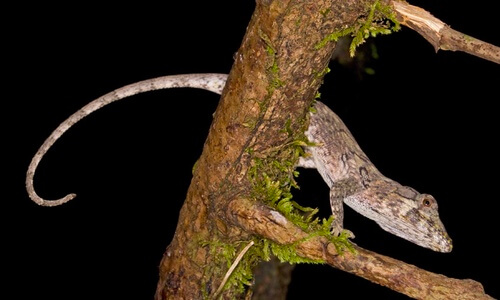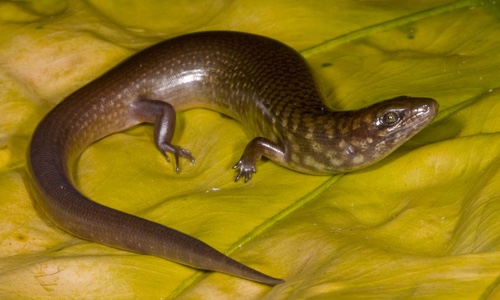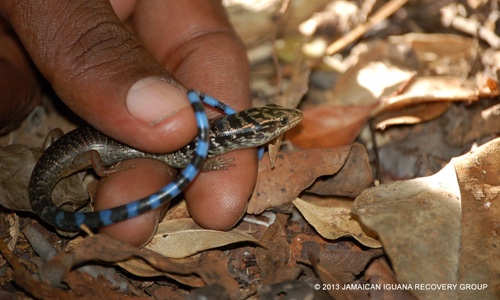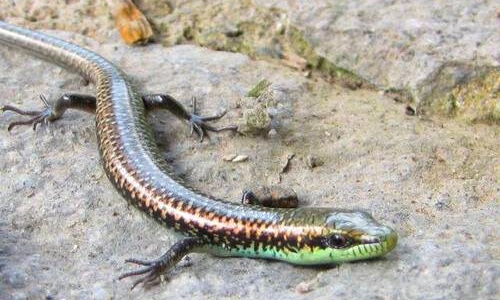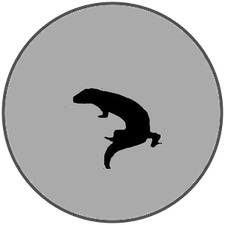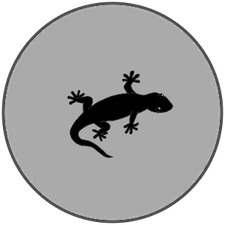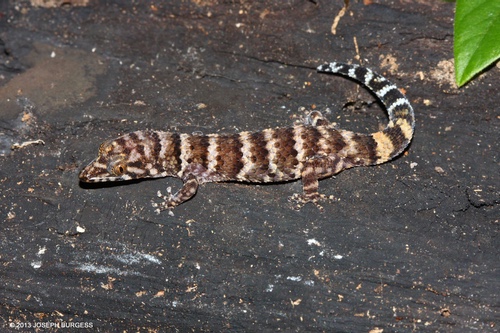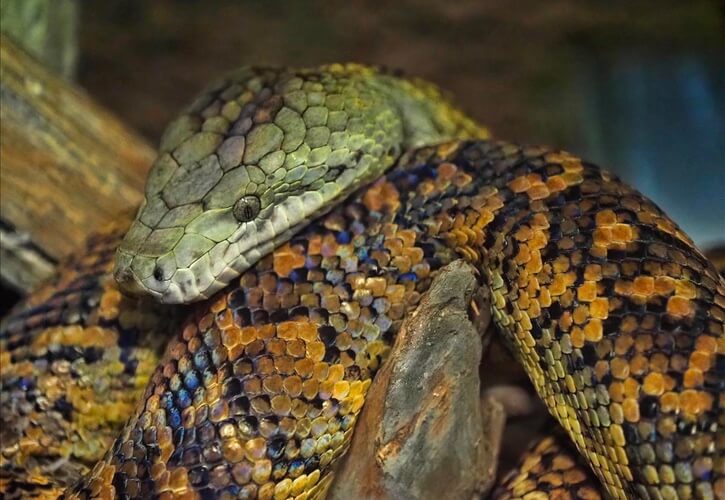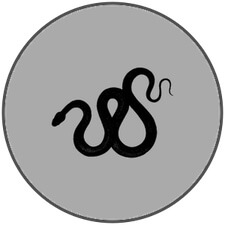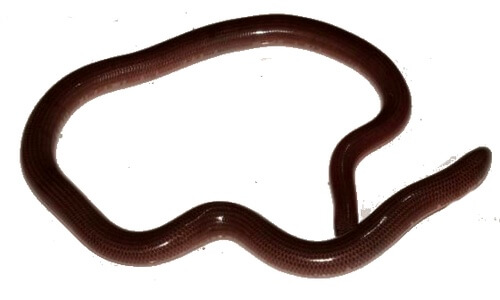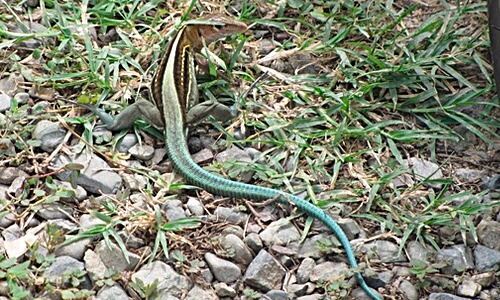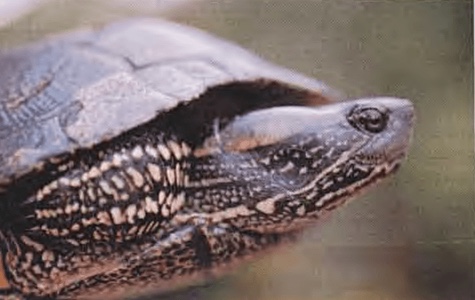Jamaican Iguana
(Squamata Sauria - Iguanidae)

Jamaican Iguana - Cyclura collei
Once presumed extinct since the 1940s, a tiny population was discovered in 1990 in the remote tropical dry forest of the Hellshire Hills in southern Jamaica. The discovery inspired conservationist to work to increase the population of the wild Jamaican Iguanas. The numbers have been on a steady increase annually, leading to the recovery of the Jamaican Iguana being considered one of the greatest success stories in conservation science. The habitat today, is in the Hellshire Hills, a rugged limestone area with suitable habitat totalling 44 sq miles.


